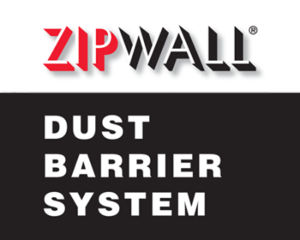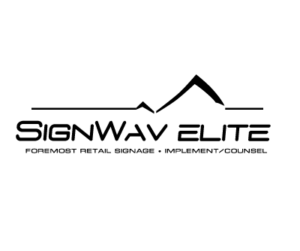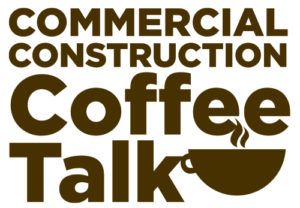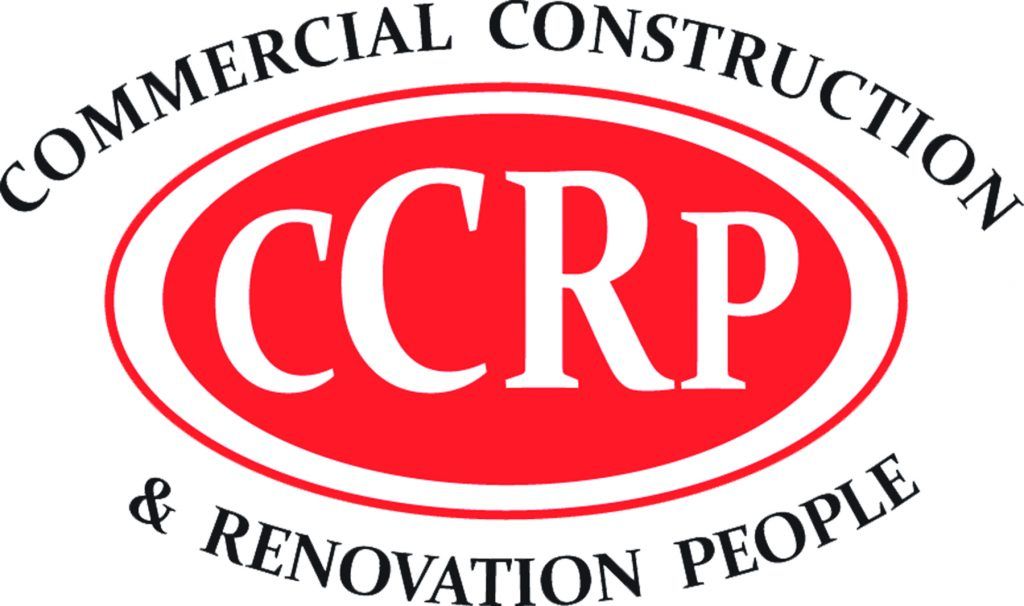When running a business, focusing on the bottom line often overshadows other pressing concerns—like the possibility of a fire. Yet, fire damage is a costly and disruptive event for commercial properties across the country.
Millions of dollars are lost each year to fires that could have been prevented with proper knowledge and precautions. Understanding the leading causes of commercial fires is the first step toward safeguarding your business.
Following are six of the most common causes of commercial fire damage and tips to prevent them.
No. 1 – Kitchen Mishaps: A Recipe for Fire Hazards
Kitchens are the epicenter of fire-related risks in many commercial properties. While restaurants may be the first type of business that comes to mind, commercial kitchens are also common in schools, gyms, office buildings and health care facilities.
These spaces are filled with highly flammable materials, such as cooking oils and heat-producing appliances. Combine these hazards with the fast-paced, chaotic environment of a commercial kitchen, and the risk of a fire increases exponentially.
Even something as simple as a forgotten coffeemaker can lead to a blaze. Routine maintenance and careful oversight are essential to mitigating these risks. Additionally, having a well-maintained sprinkler system or strategically placed fire extinguishers can significantly reduce the damage caused by kitchen fires.
Another tip for businesses with commercial kitchens is to establish clear cleaning protocols for cooking equipment. Grease buildup is highly flammable and can spark a fire if left unchecked. Make sure all appliances are cleaned regularly and inspected for wear and tear that could increase fire risks.
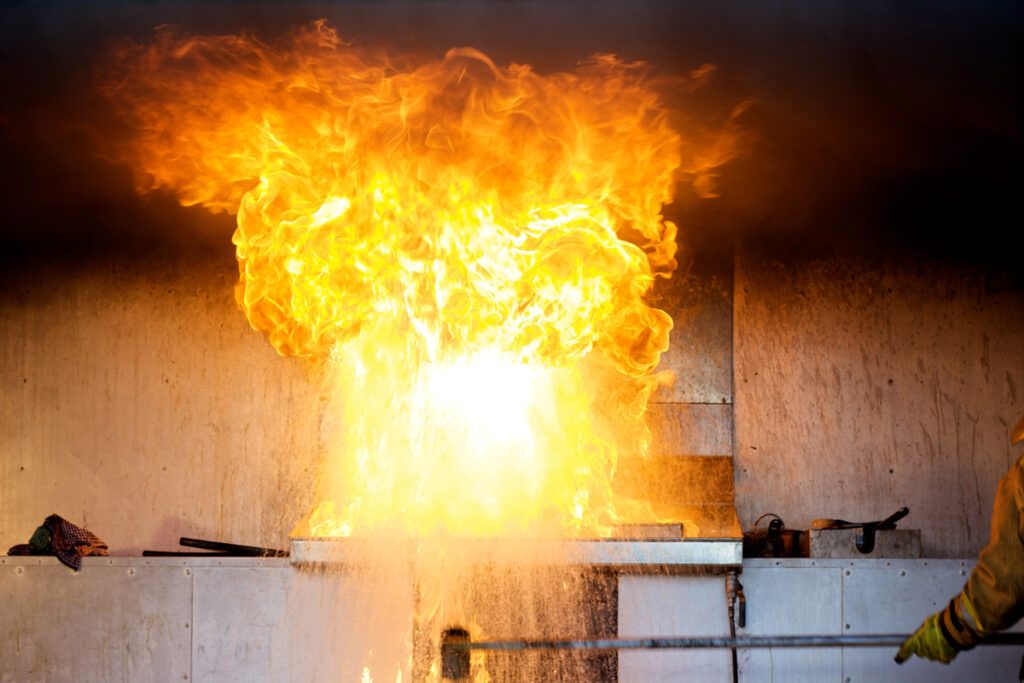 No. 2 – Heating Equipment: Comfort Comes with Risk
No. 2 – Heating Equipment: Comfort Comes with Risk
In colder climates, heating equipment is a year-round necessity. However, furnaces, radiators and space heaters can quickly become fire hazards if improperly maintained. Fires from heating equipment often stem from overheating, malfunction or poor installation. Additionally, placing flammable materials too close to heat sources can increase the risk.
Regular inspections and maintenance of heating systems can go a long way toward reducing the likelihood of an accident. Business owners should also educate employees about fire safety practices related to heating equipment.
To further minimize risks, consider investing in heating equipment with built-in safety features, such as automatic shut-off mechanisms. Modern systems often include safeguards that can prevent overheating or detect potential malfunctions before they lead to a fire.
No. 3 – Electrical Malfunctions: Hidden Dangers Behind the Walls
Electrical fires are a leading cause of commercial property damage. Faulty wiring, overloaded circuits and improper use of electrical equipment are just a few examples of how electrical systems can ignite a fire.
Common causes include:
- Outdated or damaged wiring
- Overloaded circuit breakers
- Excessive use of extension cords
- Ungrounded electrical outlets
- Loose connections
Taking a proactive approach to maintaining and upgrading electrical systems is crucial. Regular inspections by a licensed electrician can help identify vulnerabilities before they lead to disaster.
Additionally, educating employees about safe electrical practices can further reduce risks.
No. 4 – Smoking: A Declining, but Persistent Risk
While the number of smokers has decreased in recent years, fires caused by smoking materials still occur. These fires often result from improperly extinguished cigarettes or cigars, particularly in office settings where designated smoking areas may not be adequately maintained.
To minimize this risk, establish clear smoking policies and provide well-marked, safe disposal containers. Regularly inspect these areas to ensure compliance and eliminate hazards.
Additionally, designing smoking areas away from flammable materials, such as landscaping mulch or wooden furniture, can further reduce risks. Consider using metal ashtrays or self-extinguishing receptacles to prevent accidental fires.
No. 5 – Intentional Fires: Arson and Its Motivations
Arson is a deliberate and destructive act, often driven by motives such as revenge, financial gain or vandalism. While arson accounts for a significant portion of commercial fires, not all intentional fires are malicious. For example, unsupervised minors or individuals experimenting with fire may accidentally ignite serious blazes.
Preventing arson involves a combination of vigilance and proactive measures:
- Install security cameras in vulnerable areas, such as bathrooms and garbage disposal zones.
- Monitor your property during high-risk times, typically late afternoon to midnight.
- Ensure proper lighting and secure entry points to deter would-be arsonists.
- Creating a culture of accountability around fire safety can make a significant difference.
Encourage employees to report hazards immediately and consider implementing an incentive program for those who identify and address potential fire risks.
No. 6 – Human Error: The Unavoidable Factor
No matter how many safeguards you put in place, human error remains a significant cause of commercial fires. Investing in employee training and fire safety education is one of the most effective ways to mitigate these risks. Regularly reviewing fire safety protocols and conducting fire drills can also help employees respond quickly and appropriately in an emergency.
Preparation is the key to minimizing the impact of a fire on your business. Beyond fire safety protocols, every business should have a robust disaster recovery plan that includes a detailed evacuation strategy, emergency contact numbers and a communication plan to keep stakeholders informed during a crisis. Regularly updating and testing this plan ensures that everyone knows their role and that the business can recover swiftly in the aftermath of an incident.
The Aftermath of a Fire: Why Professional Restoration Matters
Even with all the right safeguards, no business is entirely immune to the risk of fire. When disaster strikes, partnering with a professional restoration company can make all the difference.
Fire damage goes beyond what is visible—soot and smoke can infiltrate ventilation systems, water used to extinguish the fire can lead to mold growth and structural integrity may be compromised.
Bob Moore, President of United Water Restoration Group (UWRG), brings more than 30 years of franchise experience to his leadership role. His career began at Domino’s Pizza, where he spent six years in various roles and an additional seven years as a multi-unit franchise owner. His extensive background also includes serving as a Regional Director for ServiceMaster Clean, followed by a decade-long tenure at Dunkin’ Brands as Senior Manager of Field Training.



